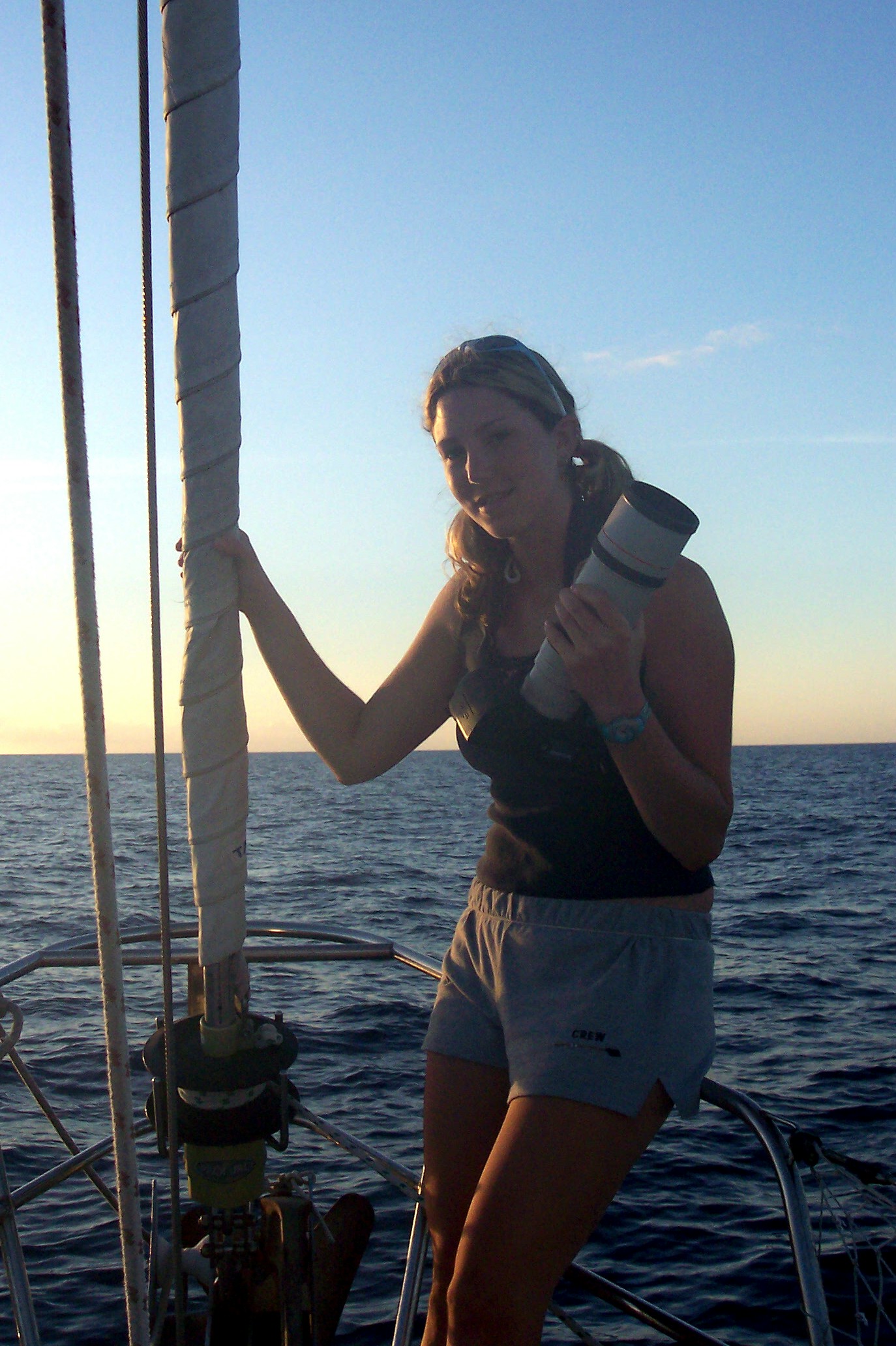 |
Life Sciences Center Dalhousie University Halifax, N.S. B3H 4J1 (902) 494-3723 Hilary.Moors@dal.ca |
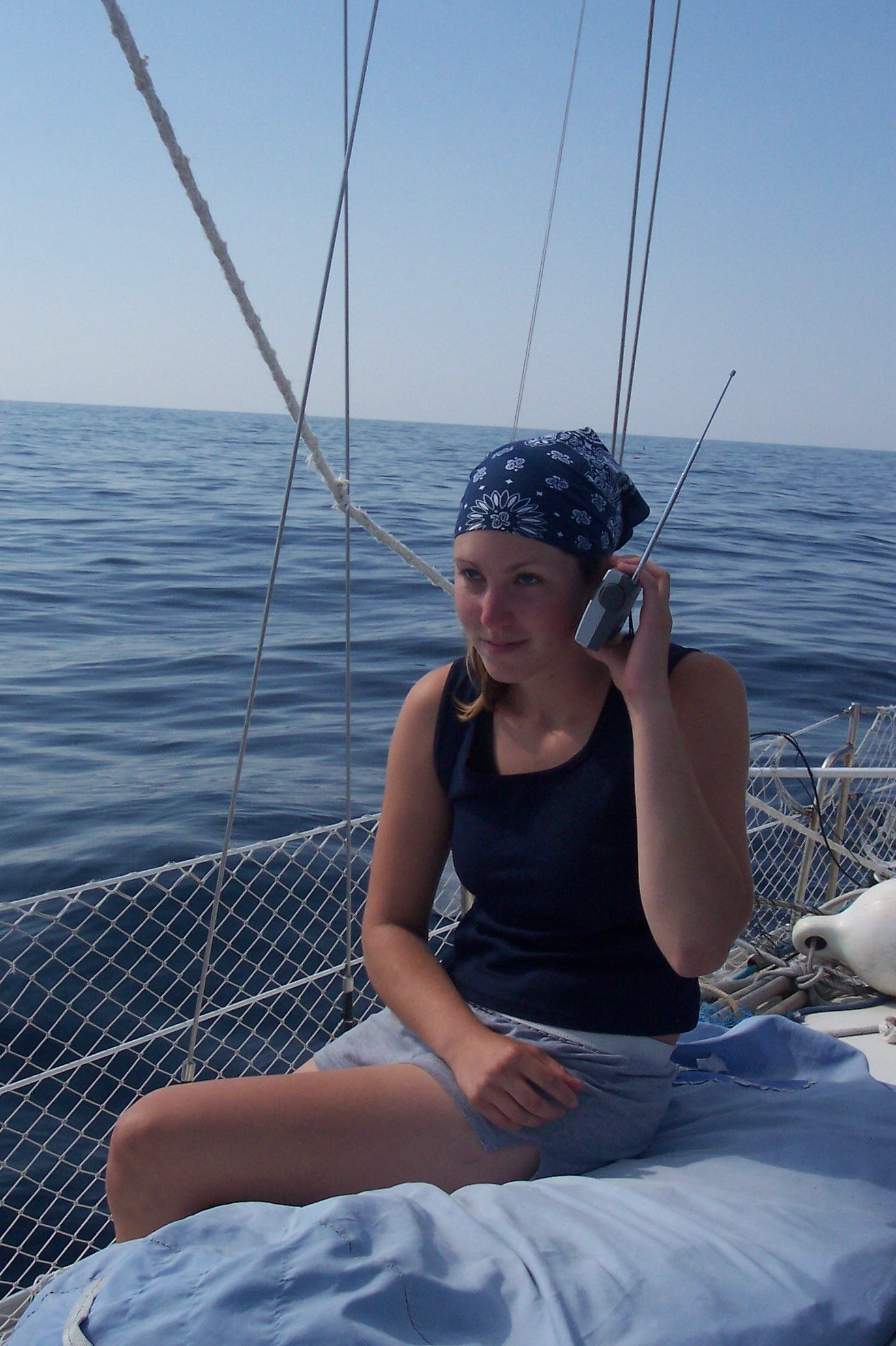 |
 |
Life Sciences Center Dalhousie University Halifax, N.S. B3H 4J1 (902) 494-3723 Hilary.Moors@dal.ca |
 |
|
My doctoral research focuses on vocal communication (particularly underwater echolocation clicks) and foraging ecology of northern bottlenose whales of the Scotian Shelf. Although northern bottlenose whales are typically found in subarctic waters of the northern Atlantic such as the Davis Strait, Labrador Sea, Greenland Sea and Barents Sea, a small resident population (the Scotian Shelf population) resides in waters south of Nova Scotia primarily in a large submarine canyon known as the Gully. The whales have also been consistently observed in the nearby Shortland and Haldimand submarine canyons and appear to move regularly between these three locations. Northern bottlenose whales are impressive as they are one of the deepest, longest diving marine mammals in the world. They often produce clicking sounds during their dives to echolocate prey. The submarine canyons appear to be prime habitat for the whales and offer an important source of food - it is thought that the whales feed year-round on deep-water squid that is concentrated in the canyons, and it has been suggested that their distribution and movement patterns are related to foraging and access to food resources. However, relatively little is known about the foraging behavior and distribution of these whales, or the extent to which they use these three canyons. The Scotian Shelf population of bottlenose whales consists of only about160 individuals, is isolated from larger northern populations, and is found in a small core habitat at the extreme southern limit of the species range. These factors make Scotian Shelf bottlenose whales sensitive to human activities, particularly to anthropogenic noise. As a result, the Gully was designated a Marine Protected Area (MPA) in 2004 in part to help protect the whales, and the population was listed as Endangered on Schedule 1 of the Species At Risk Act in April 2006. Although these are positive steps towards conserving Scotian bottlenose whales, a better understanding of the distribution and behavior of these animals is essential in defining their critical habitat and evaluating the effectiveness of any conservation measures taken towards protecting the population. I study the foraging vocalizations of the whales by making long-term recordings (weeks-months) of their echolocation clicks using hydrophones mounted to the ocean bottom at various locations in and around the Gully, Shortland and Haldimand canyons. These recordings allow me to study the foraging vocalizations of the whales in both spatial and temporal contexts (such as how often foraging vocalizations are emitted, and when and where the vocalizations are heard). This offers valuable information about the foraging behavior of the animals as well as their daily, seasonal and yearly distribution and movements in and around the canyons. The effects of anthropogenic noise (e.g., ship noise) on the natural vocalization behavior of the whales from these recordings will also be exmained, which will provide the background information required to fully assess the effect of human activities on the whales, especially as noise has been identified as a likely threat to these animals. |
|
Master's Research:
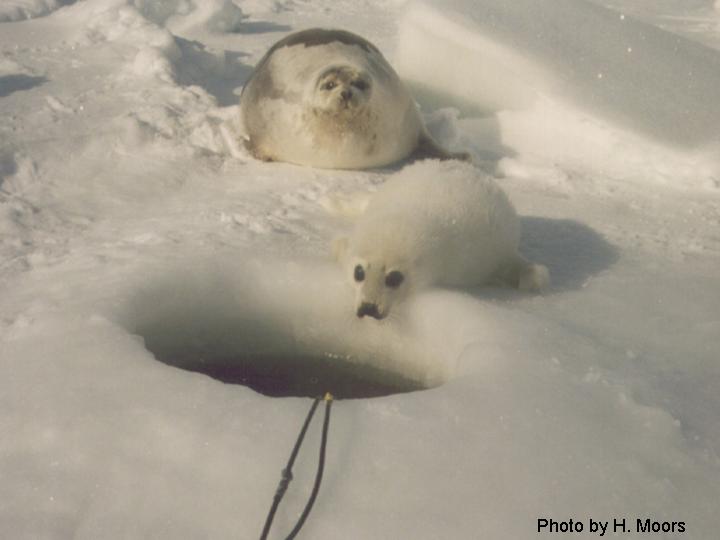 |
May 2003 - October 2004 Supervised by Dr. Jack Terhune For my Masters study, I investigated acoustic communications of harp seals (of the Northwestern Atlantic), and Weddell seals (found in Antarctica). Both of these species breed on sea-ice and possess a large underwater vocal repertoire. For my project, I was interested in determining the depth in the water column at which harp and Weddell seals emitted their calls. I was able obtain rough depth approximations and more precise point depth estimates of calling seals by calculating the arrival time and amplitude differences of signals recorded on two channels of a small vertical hydrophone array. My results showed that seals of both species called predominately from shallow depths (< 40 m), that their calls changed very little with depth (with regards to call types emitted, element repetition, duration, and frequency). |
Bachelor's Degree and Honors Project Research:
University of New Brunswick, Saint John September 1999 - April 2003 Supervised by Dr. Jack Terhune My honors project involved investigating rhythmical repetition in harp and Weddell seal multiple element underwater calls. Element and interval durations, as well as dominant frequencies of each element within multiple-element calls were measured. Harp seal multiple element calls occurred with three distinct timing patterns within the intervals of the calls, while frequency within any one multiple element call remained constant. Weddell seal calls showed greater variability and occurred with seven timing patterns within the elements and intervals, including increasing and decreasing duration patterns. The frequency of the Weddell seal calls also tended showed increasing and decreasing patterns. |
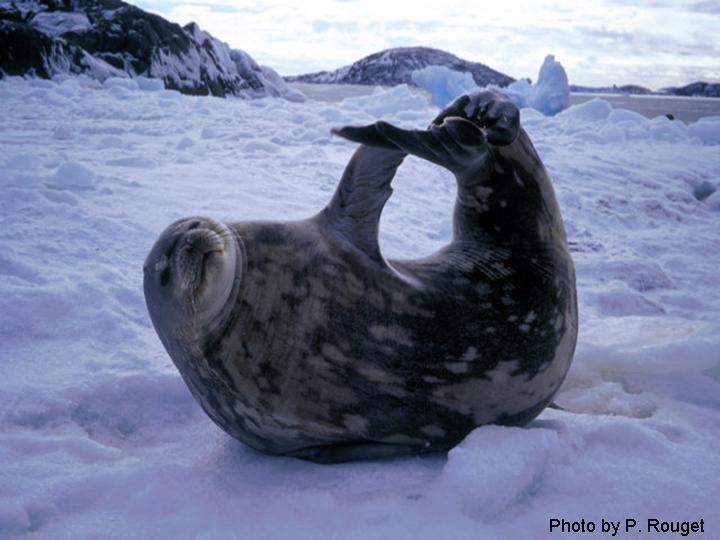 |
Diplomas and Certificates:
|
Field Experience: (UNBSJ and Dalhousie University)
"Studying for Success" Academic Coach:
Teaching Assistant:
(University of New Brunswick Saint John, September-December 2003)
Fish Ecology and Aquaculture Lab Technician: Worked in a fish ecology laboratory aiding with graduate student experiments and general lab maintenance. Tasks included taking care of fish, monitoring lab equipment and systems, helping run experiments, performing daily maintenance tasks and supervising high school co-op students. Knowledge of fish husbandry (larval, juvenile and adult stages), rearing algae and phytoplankton, re-circulation and flow through systems, water quality control, cryopreservation techniques and experimental design gained.
|
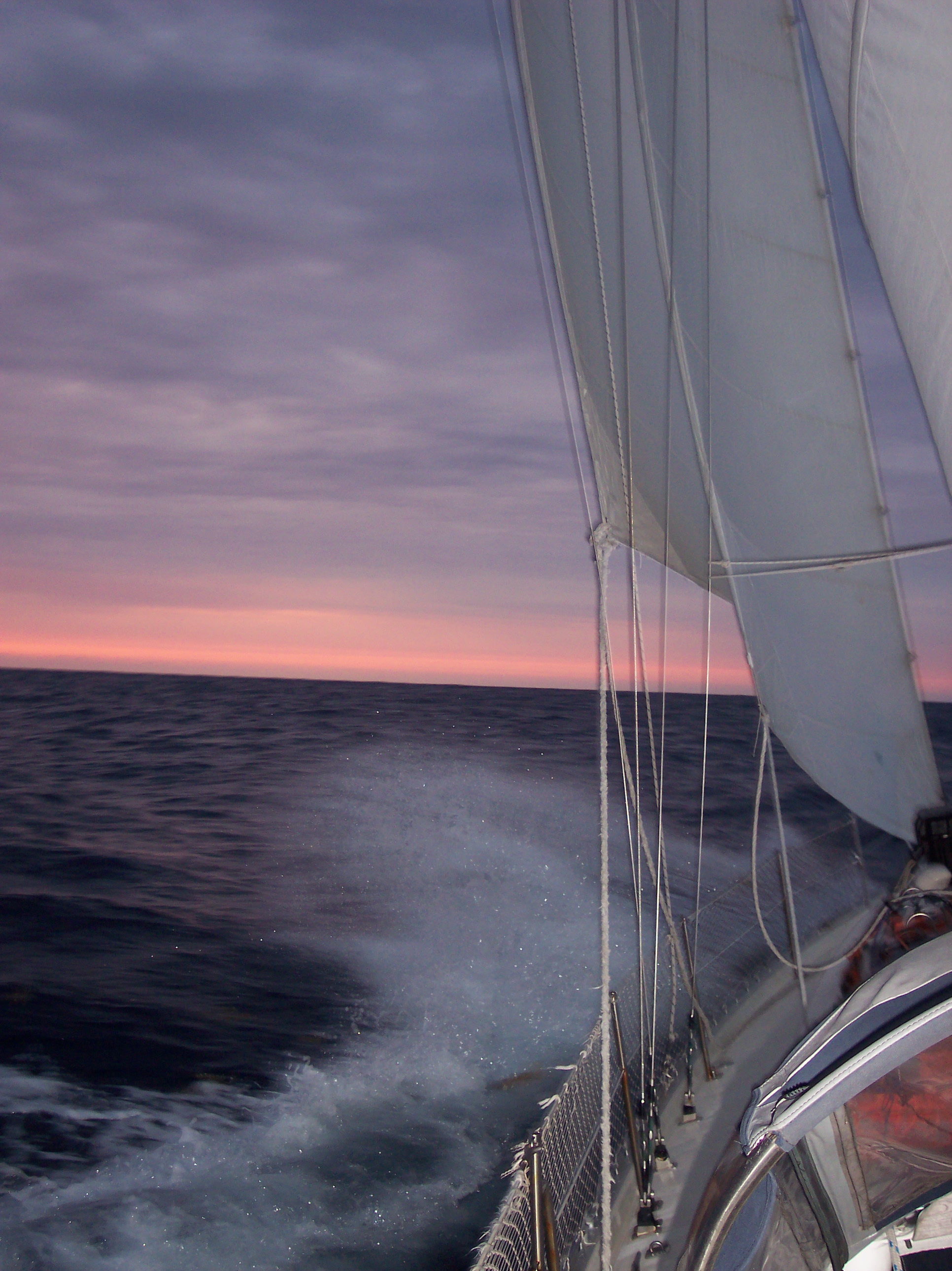 |
Peer-Reviewed Publications:
Moors, H.M. and Terhune, J.M. (2005) Calling depth and time and frequency attributes of harp (Pagophilus groendlandicus) and Weddell
(Leptonychotes weddellii) seal underwater vocalizations. Canadian Journal of Zoology. 83: 1438-1452.
Moors, H.M. and Terhune, J.M. (2004) Repetition patterns in Weddell seal (Leptonychotes weddellii) underwater multiple-element
calls. Journal of the Acoustical Society of America. 116: 1261-1270
Moors, H.M. and Terhune, J.M. (2003) Repetition patterns in harp seal (Pagophilus groenlandicus) underwater calls. Journal of
Aquatic Mammals. 29: 278-288.
Theses:
Moors, H.M. (2004) Calling depth and related attributes of harp (Pagophilus groendlandicus) and Weddell (Leptonychotes
weddellii) seal underwater vocalizations. Masters of Science thesis. University of New Brunswick. pp. 127.
Moors, H.M. (2003) Rhythmical repetition in harp (Pagophilus groendlandicus) and Weddell (Leptonychotes weddellii)
seal underwater multiple-element calls. Honors thesis. University of New Brunswick. pp. 65.
Conference Presentations:
Moors, H.B. and Terhune, J.M. (2005) Underwater calling depth of harp and Weddell seals. XVI Biennial Conference on the Biology of Marine Mammals (Dec. 12-16, 2005). San Diego, California. Peer-reviewed oral presentation.
Terhune, J.M., Moors, H.B. and Charlton, L.D. (2005) Source levels and communication ranges of a harp seal underwater call. XVI Biennial Conference on the Biology of Marine Mammals (Dec. 12-16, 2005). San Diego, California. Peer-reviewed poster presentation.
Moors, H.B. and Terhune, J.M. (2004) Determinig calling depth of harp seal (Pagophilus groenlandicus) underwater calls. The 43rd Annual Meeting of the Canadian Society of Zoologists (May 11-15, 2004). Wolfville, Nova Scotia. Oral presentation.
Moors, H.B. (2003) Seals with rhythm - patterning in Weddell seal multiple-element underwater calls. XV Biennial International Conference on the Biology of Marine Mammals (Dec. 14-19, 2003). Greensboro, North Carolina. Peer-reviewed poster presentation.
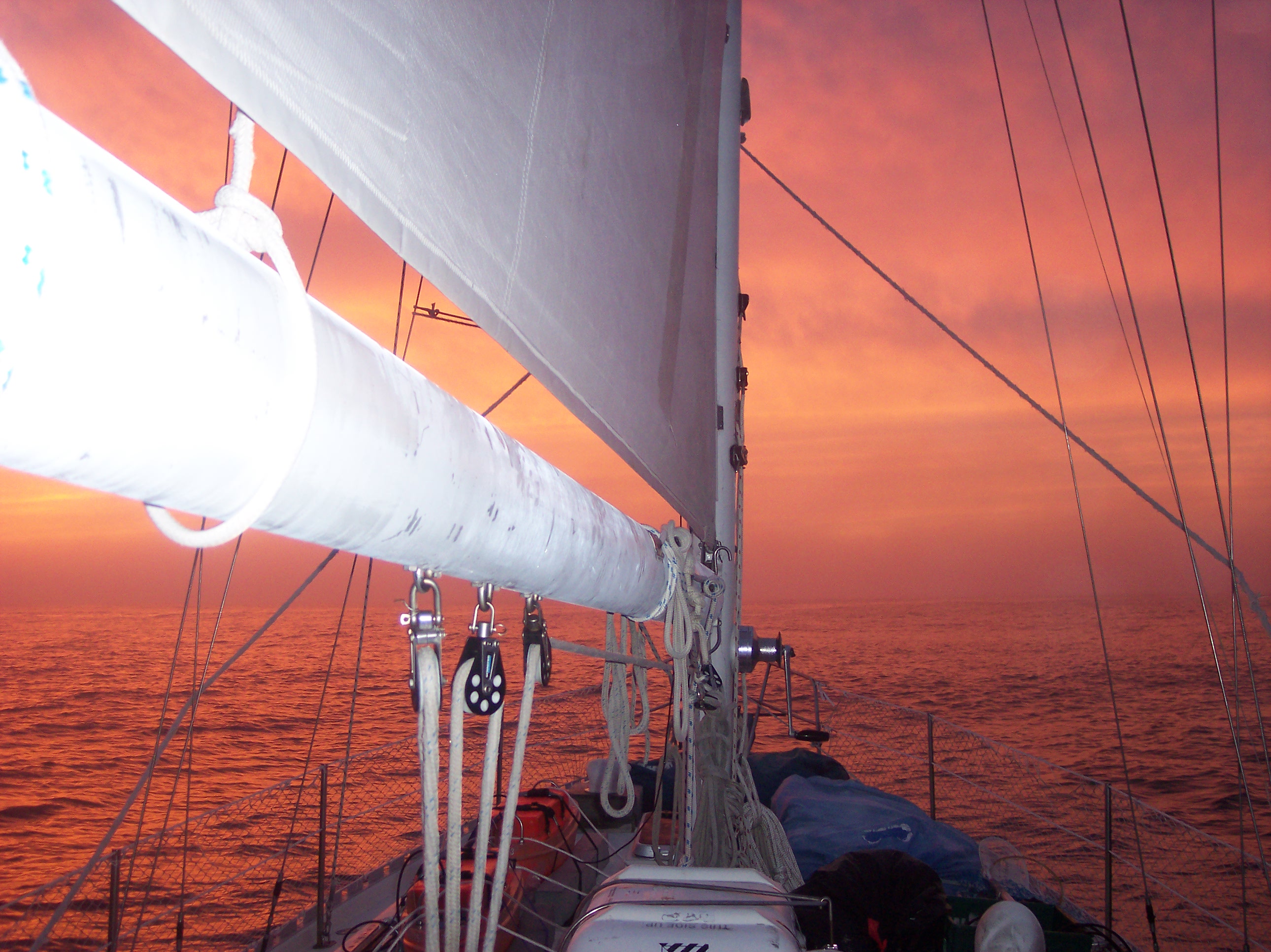 |
International Awards:
National Awards:
Institutional Awards:
|
Leadership Activities:
Athletic Activities:
|
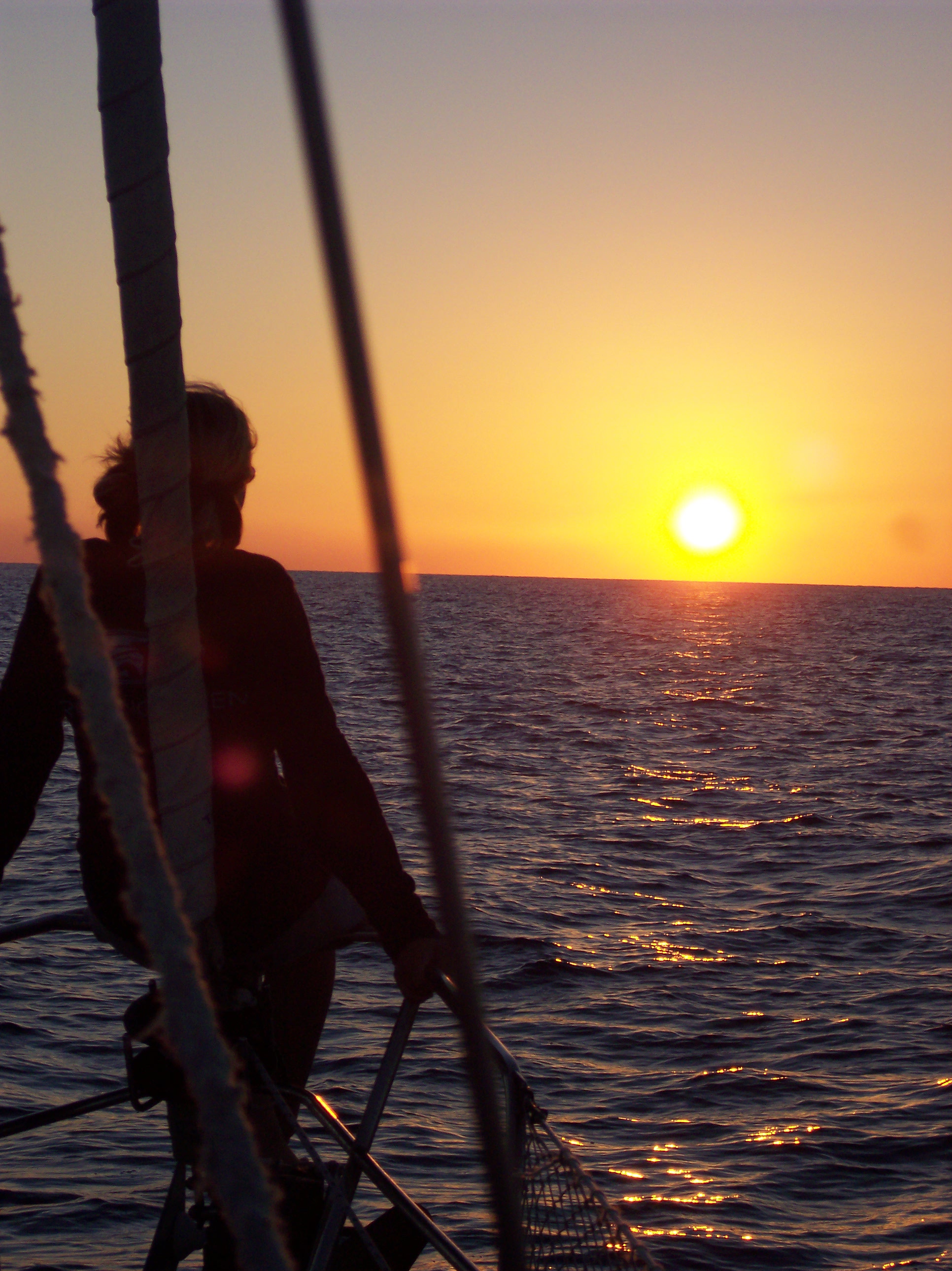 |
Last Updated June 2008 by H. Moors